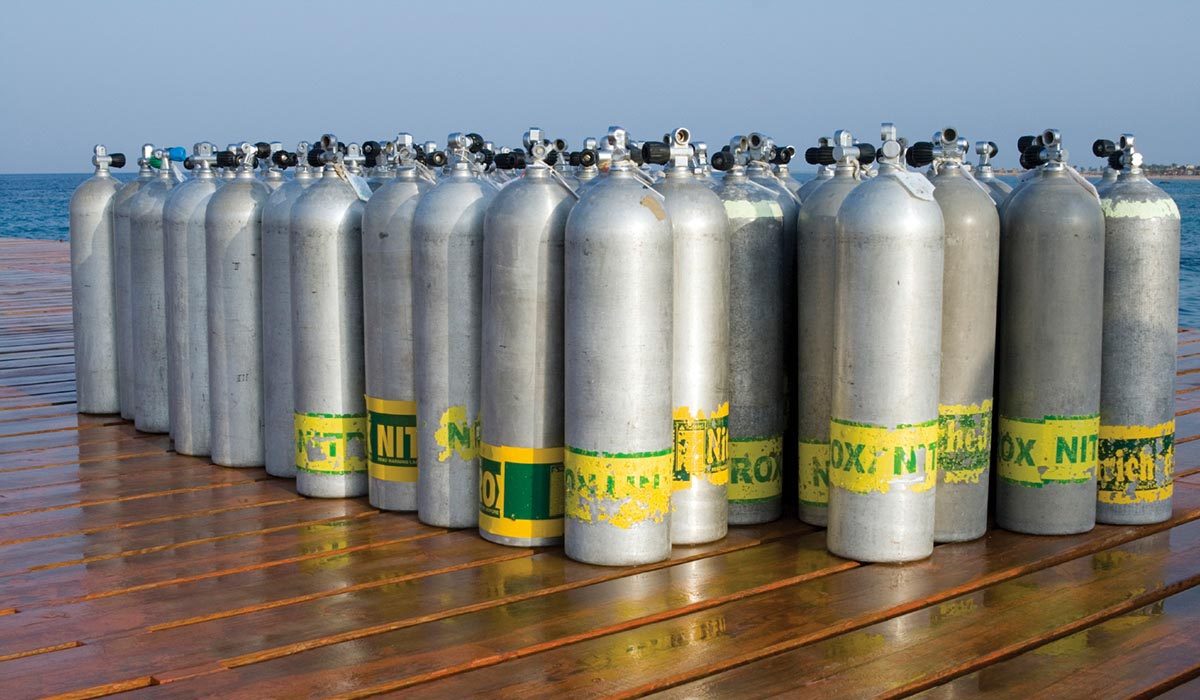
Oxygen Toxicity
Oxygen toxicity happens with partial pressures overwhelm the body. Severe cases of oxygen toxicity could cause cell damage or other symptoms.
Welcome to ScubaBoard, the world's largest scuba diving community. Registration is not required to read the forums, but we encourage you to join. Joining has its benefits and enables you to participate in the discussions.
Benefits of registering include


When I said the training material didn't cover this level of detail, I meant the fact that there's actually two distinct mechanisms by which oxygen toxicity is dangerous that have different onset characteristics, not that I didn't know about seizures!That only contradicts it if you only know linear functions …
PADI Nitrox material mentions seizures
Tidbits here:

Oxygen Seizures at PO2 ≤ 1.6 Bar: How Rare?
Learn about the signs and symptoms of central nervous system (CNS) oxygen toxicity and the likelihood of oxygen seizures.www.shearwater.com
And I insist that during the basic PADI Nitrox class, I believe that they mentioned short term risk is seizures and for longer repeated exposures you can have airways inflammation for example.When I said the training material didn't cover this level of detail, I meant the fact that there's actually two distinct mechanisms by which oxygen toxicity is dangerous that have different onset characteristics, not that I didn't know about seizures!
I just read the article you linked. It says the only known cases of CNS toxicity under 1.6 are due to inadequate scrubbing in rebreathers causing hypercapnia, which in turn increases blood flow to the brain such that the amount of oxygen in the brain is as if PPO2 > 1.6, and the examples they gave were for very long rebreathers dives.That all makes sense and seems to reaffirm my assessment that descending to 36 meters on 32% on open circuit for one minute has a negligible risk.
Nobody said that.You tell me how 1 minute at 1.5 is in any way dangerous
I was reacting toNobody said that.
Low, not negligible. Also, Wiki is good, but incomplete and sometimes dated.That all makes sense and seems to reaffirm my assessment that descending to 36 meters on 32% on open circuit for one minute has a negligible risk.
Slightly risky, depending on all the other factors.You tell me how 1 minute at 1.5 is in any way dangerous
It is the terminology that you are using, not the action. ie:I was reacting to
"@OctopusLover , I feel like your are a little too complacent about the high PO2 risk from short term exposure.
